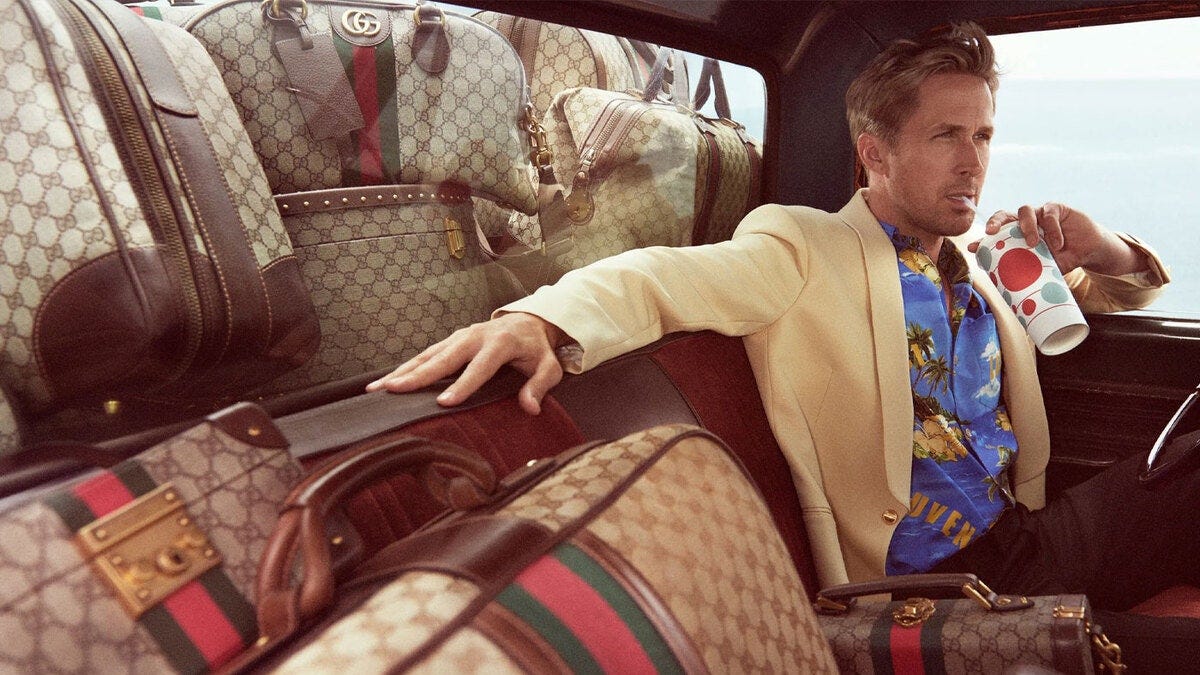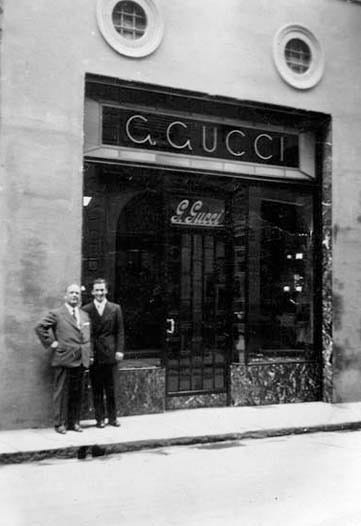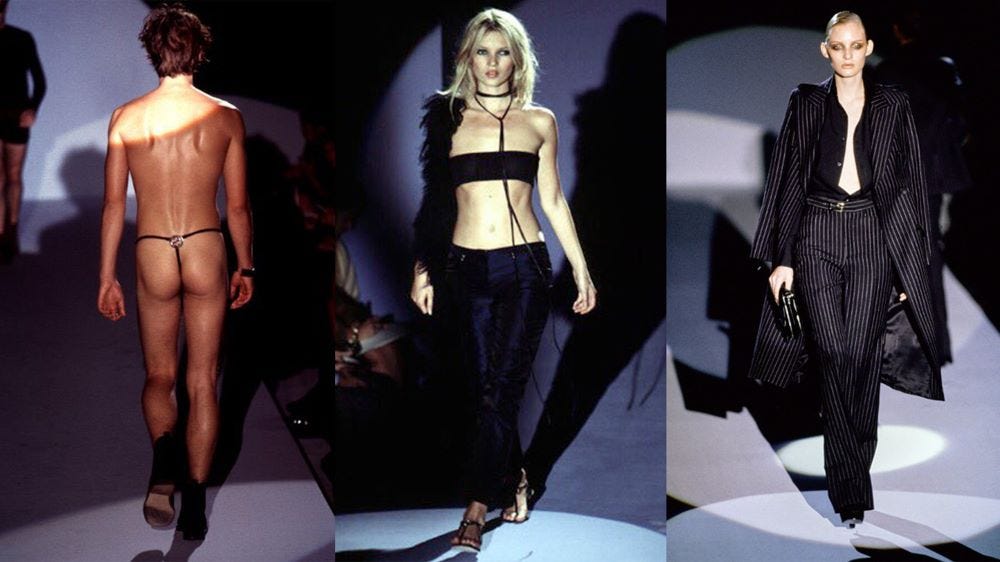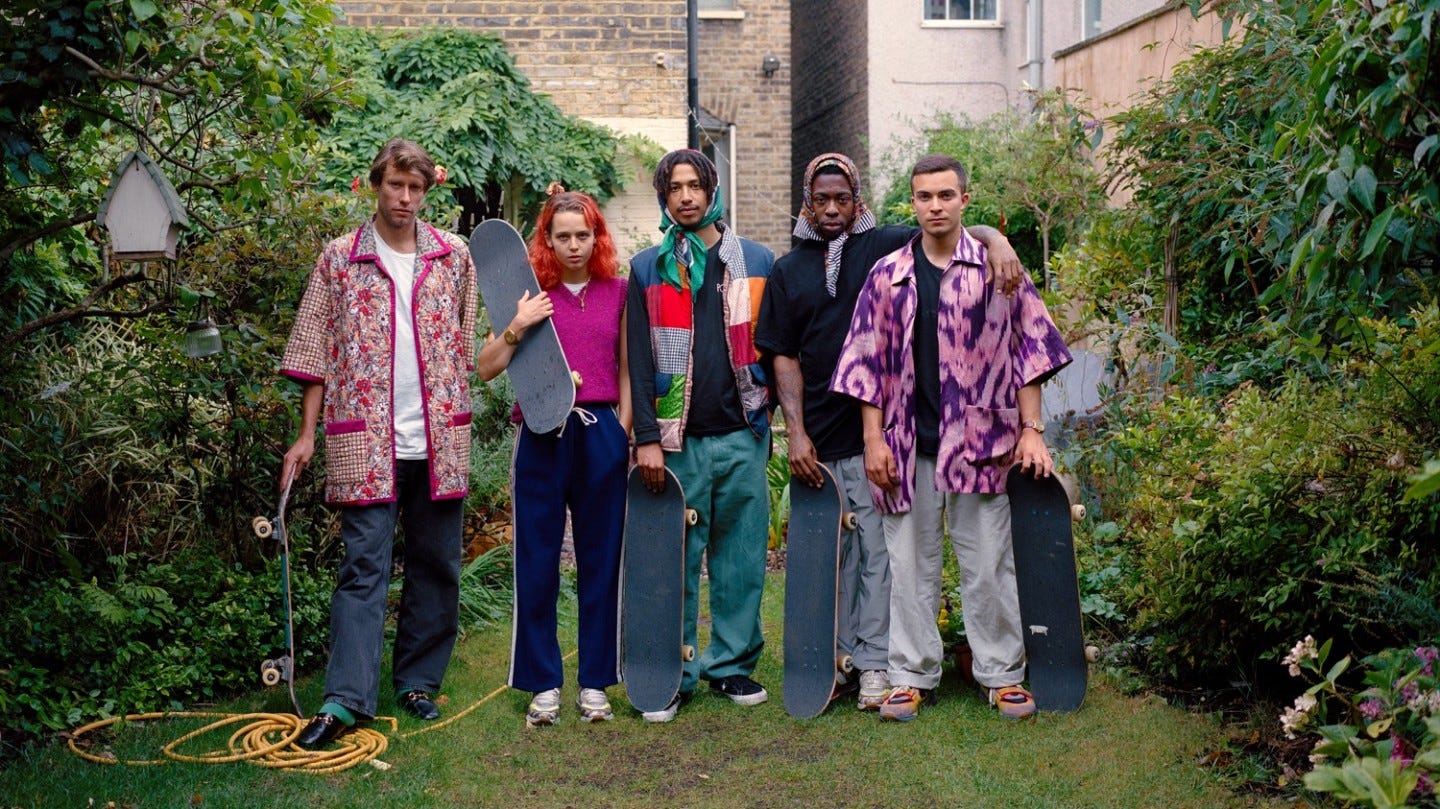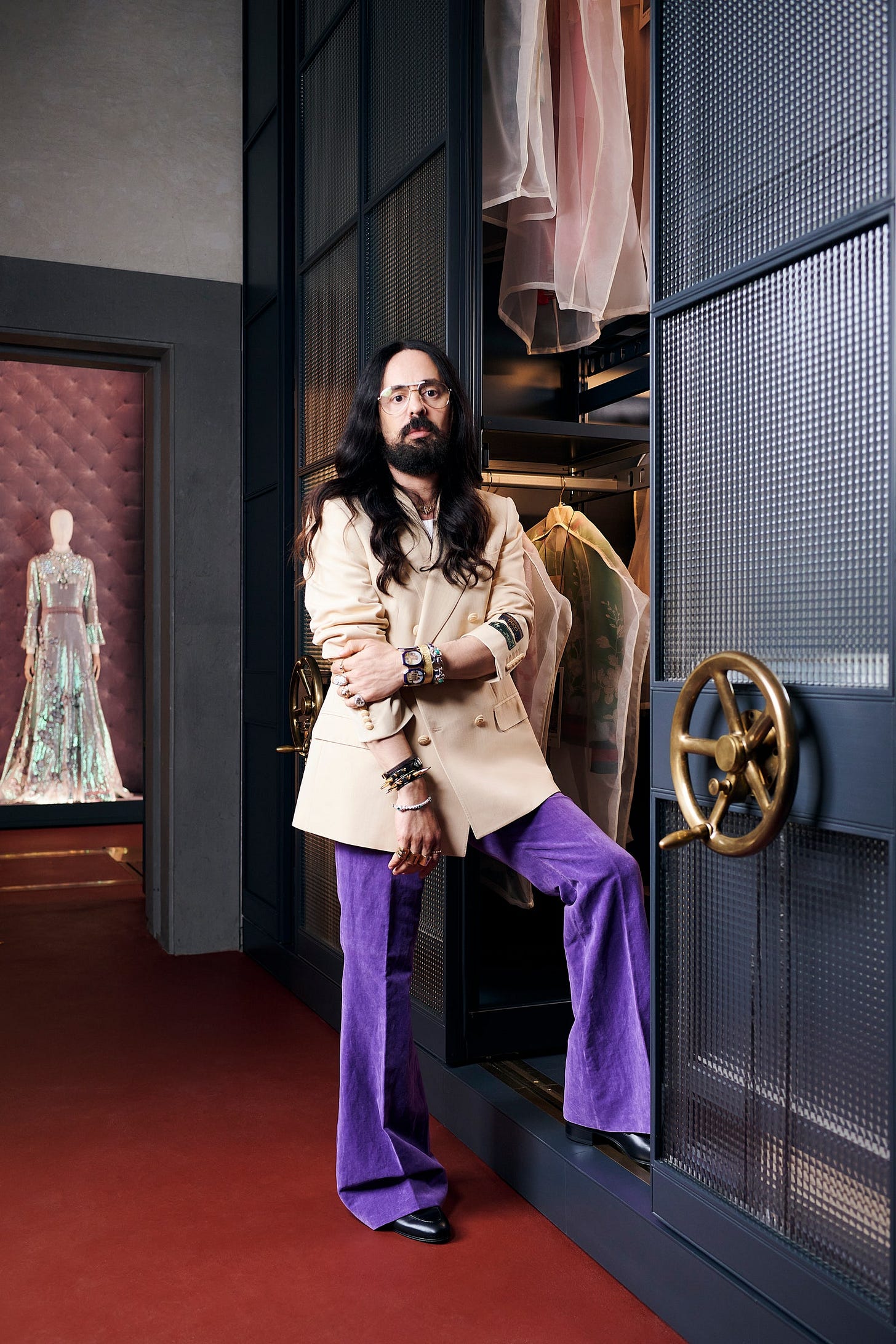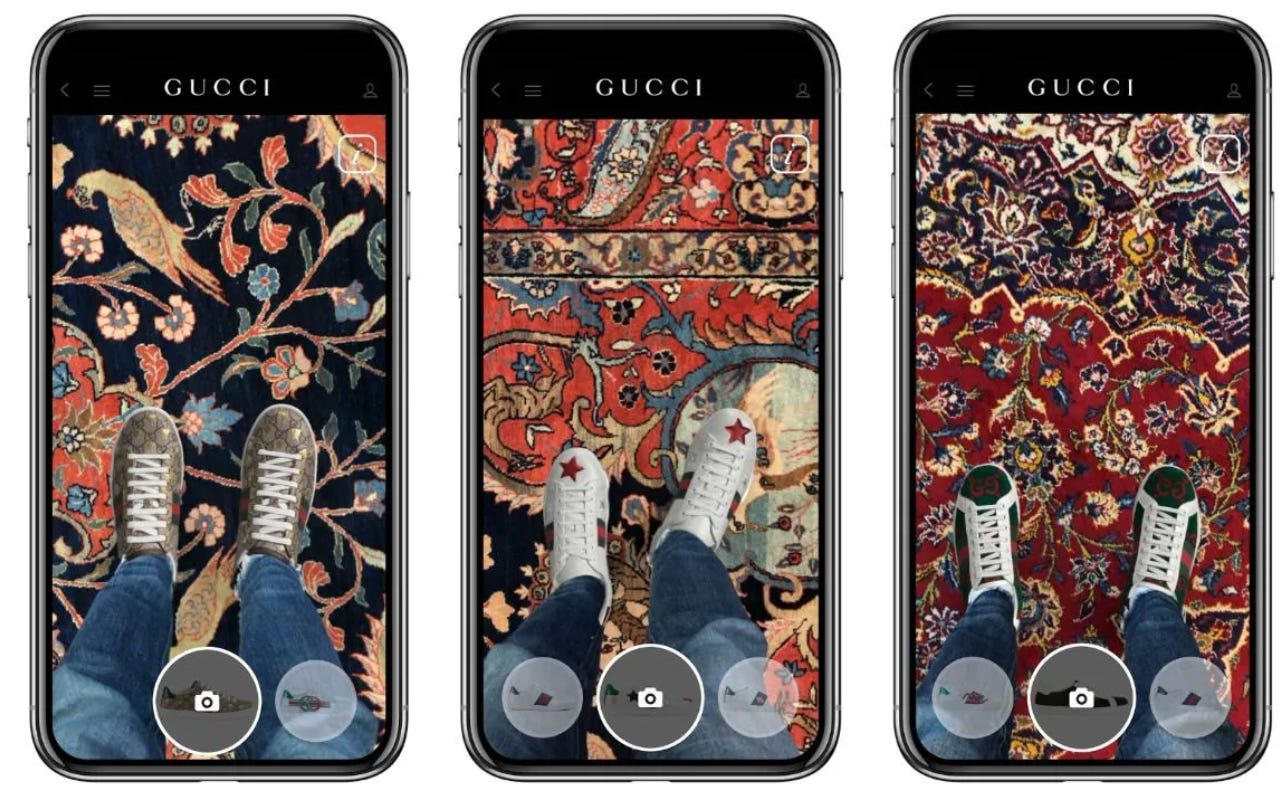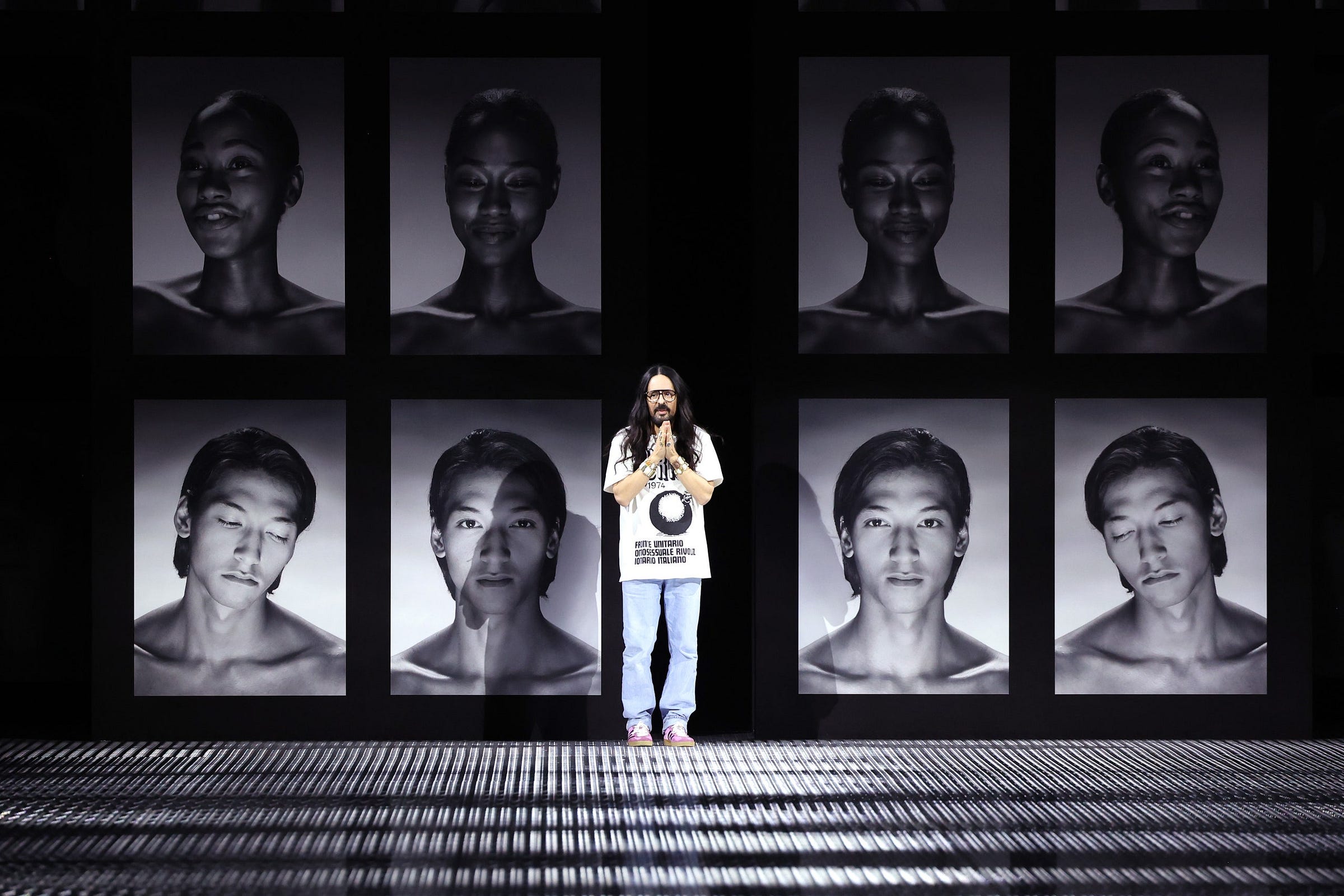Case Study: Gucci's Web3 Playbook
Gucci continues to be the benchmark on how luxury brands speak to next-gen consumers. This is the definitive case study on Gucci's Web3 strategy and how Web3 marks a new era for luxury.
Hey, it’s Marc. On 51 Insights we’re publishing obsessively curated field notes and actionable insights on how brands can leverage Web3 to grow their business. Connect with me on LinkedIn.
👉 Want to get in front of 50k+ business leaders or accelerate your growth? Work with us here.
Why Gucci?
Gucci is more than a brand – it’s a cultural icon.
As of 2021, Gucci was the fourth most valuable luxury brand worldwide, trailing Louis Vuitton, Chanel, and Hermès.
Gucci was the first luxury fashion brand that released an NFT, and it continues to be at the forefront of Web3 innovations.
This wasn’t a coincidence: Gucci has excelled in the digital age. In recent years, the Italian luxury powerhouse found a way to speak to Gen-Z through a marketing strategy centered around Web3 and virtual experiences.
And just like Nike, as outlined in my previous case study, Gucci sits at the intersection of culture and technology – a sweet spot for deploying Web3 experiences.
Did Gucci actually succeed with its Web3 strategy?
What can we learn from it?
And is Web3 really luxury's next big thing?
Today we’ll look at:
Gucci’s brand
Gucci’s Web3 journey
Gucci’s Web3 scorecard (divided into performance & strategy)
The big picture & takeaways for you
Ready? Let’s dive in!
PS: If you’re new to Web3 and the metaverse, I suggest starting here.
A special thanks to Dr. Laurent Flores and Karim Eid for enhancing the the case study with Brand3Index.
⚡️Hit the inbox of 8k+ Web3 leaders👀
Advertise in this newsletter and get your brand in front of thousands of Web3 industry leaders every week. Get in touch today.
Gucci: Ever-Changing
Founded in 1921 by Guccio Gucci, the brand started as a leather goods store in Florence with a simple mantra: "Quality outlives price."
It carved out a unique space that married Italian craftsmanship with off-the-rack convenience – something even its French contemporaries found hard to replicate. Even today, the majority of Gucci’s revenue comes from leather goods, such as handbags and wallets, followed by shoes and ready-to-wear clothing.
Since then, Gucci has crafted an enviable legacy characterized by an almost uncanny grasp on cultural moments.
Capturing the Cultural Zeitgeist
Over its more than 100-year history, Gucci mastered the art of reinvention, creating a brand that’s constantly evolving with the zeitgeist of next-gen consumers, while remaining true to its heritage. A few examples:
Bamboo Bag: The introduction of the famous Bamboo Bag in the 1940s, crafted due to leather shortages, is an early example of how Gucci continuously developed the brand while staying true to its heritage.
Post-war lifestyle: After WWII, for example, Gucci tapped into the resurgence of luxury with exclusive, high-quality leather goods, symbolizing the La Dolce Vita lifestyle.
International jet-set: By the 1960s, Gucci became synonymous with the glamorous lives of international jet-setters, epitomized by the Jackie O bag.

Sexualization: Under Tom Ford's creative direction in 1994, Gucci embraced the sexual openness of the late '90s and early 2000s (cf. TV shows like "Sex and the City" and "Friends"). Its provocative ads and sensual designs made headlines, capturing the attention of a new generation.
E-Commerce: In 2002, Gucci ventured online, far ahead of other luxury brands that feared the digital realm would tarnish their exclusivity. This showed foresight into the purchasing habits of next-gen consumers who moved increasingly online.
Social media: In the 2010s, Gucci started with social media campaigns and collaborations with influencers (e.g. Harry Styles, Rihanna, Lady Gaga, Beyoncé, or Salma Hayek) and streetwear brands (e.g. collaboration with Supreme in 2017) that resonated with younger audiences.
Sustainability, diversity, inclusion: Gucci launched the Gucci Equilibrium initiative and tuned into growing awareness about sustainable and ethical fashion. Its "Soul Scene" campaign, for example, featured an all-Black cast of models and dancers. And the 2018 runway show famously featured models carrying replicas of their own heads, challenging conventional ideas of identity and self-expression. In 2020, Gucci launched “Off The Grid”, its first genderless, sustainable collection, focusing on circularity, using bio-based and sustainably sourced materials. By featuring a diverse set of models, Gucci engages a younger, socially-conscious audience. It also partnered with Esports gamer group Fnatic.

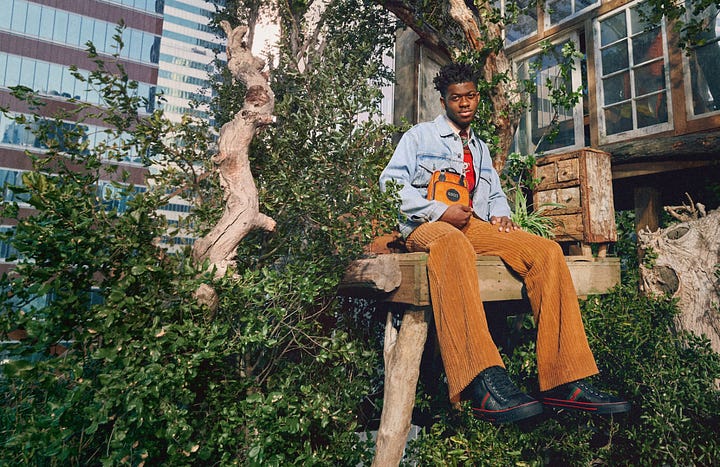
Jane Fonda in Off The Grid Gucci ad campaign. Lil Was X in Off The Grid Gucci ad campaign, photographed by Harmony Korine.
By engaging next-gen consumers and tapping into subcultures, the Gucci brand remains an ever-evolving, cultural phenomenon in sync with the Zeitgeist of its era. In contrast, other luxury brands such as Hermès, for example, lean heavily on heritage.
Gucci's Instagram profile says it all: The oldest post is from Sep 16, 2023. This isn't just a social media strategy; it's a declaration. The past? Irrelevant. The brand evolves in real-time, continually reinventing itself.


Manuel Gonzalez, head of the luxury digital agency G & Co., notes:
“We commend Gucci’s willingness to adapt and allow consumers to enjoy the brand as they do. Its user-generated content and collaborations with some of the biggest icons of today’s world that can excite younger consumers.”
More than half of Instagram users are millennials and Gen Z, aged 34 or younger. Looking at the followers of top fashion luxury brands, it becomes evident that Gucci clearly strikes a chord with younger audiences:
Similar to how Gucci pushed digital channels and social media in recent year, Gucci’s latest venture into digital fashion, NFTs and virtual experiences is a result of its ongoing desire to stay culturally relevant.
“People need reality”: redefining luxury
In recent years, Gucci has started making luxury more accessible, thanks in large part to its former creative director, Alessandro Michele (he left Gucci in November 2022).
Michele revamped the brand's aesthetic, moving from a sexy, jet-setter image to a more eclectic, artistic, inclusive look. He turned it into a brand for everyone: all ages, all genders, and all cultures. He also embraced unisex wear and seasonless, fur-free fashion to reduce environmental impact.
This adaptability is in tune with the values of Gen-Z, a generation that seeks inclusivity and purpose. David Abraham of Abraham & Thakore notes:
“The goals of aspiration have undergone change. Luxury products must be accessible yet special while retaining their desirability. Today, the perception of luxury extends well beyond a mere physical product to something as ephemeral as an experience or a state of mind.”
This captures Alessandro Micheles’ thinking:
People really need reality. We can try to argue that Gucci is just about catwalk but it’s not true. Gucci is a really huge expression of different things. It’s a symbol.
Embracing digital
Gucci and its parent company, Kering, have shifted focus to direct-to-consumer sales in recent years. This approach offers control over brand image and customer relationships. It's a trend also seen with Burberry, LVMH, Richemont or Nike.
In 2021, 91% of Gucci’s revenue came from direct-to-consumer channels, a threefold increase since 2019. While part of this growth can be attributed to the pandemic, Gucci's digital strategy has been a key driver.

Half of Gucci's sales now come from millennials. The brand has built out its omnichannel strategy and was among the first luxury brands to integrate features like AR within its app, allowing users to virtually "try on" products. Partnerships with platforms like Snapchat1 further connect social engagement and e-commerce.
Why does this matter?
It demonstrates Gucci's ability to reinvent its brand within new cultural, social and technological contexts and its keen understanding of shifts in culture, technology, and consumer behavior.2
And it explains why Gucci was the first luxury fashion brand in Web3.
Now, let's delve into Gucci's Web3 journey.
⚡️Hit the inbox of 8k+ Web3 leaders👀
Advertise in this newsletter and get your brand in front of thousands of Web3 industry leaders every week. Get in touch today.
And then, Web3 came along
Gucci pioneered fashion luxury's entry into both the NFT space and The Sandbox's metaverse.
This wasn’t a coincidence. Kering is exceptionally vocal about its Web3 and metaverse ambitions. “We think that Web3 and NFTs are a real breakthrough and we want to be pioneers on that,” says Kering chief client and digital officer Grégory Boutté. Other fashion brands are approaching Web3 much more cautiously.
Keep reading with a 7-day free trial
Subscribe to 51 Insights to keep reading this post and get 7 days of free access to the full post archives.



